Let’s get serious for a moment! Because this is a project that is from my perspective as important as a wedding dress: I made a dress for my PhD thesis defense!
…which by the way went really well, thank you, you can call me doctor now 😀
Sewing a dress for a defense is, you see, a difficult task, as the requirements are numerous: it needs to be classy (men usually wear tuxedos), but still comfortable enough to be able to stand and talk for several hours, it shouldn’t be too tight around the upper torso to be able to breathe freely, it should be in a serious color but not too sad, and most of all in my case, it shouldn’t be too low-cut so that nobody notices that I get blemishes all over when I speak in public!
Good news is I had it all planed out since last year when I saw the ideal pattern in a Burda magazine: the #133 “swing dress” from August 2012, both retro and modern with its side-panels and cap sleeves. Once I saw the dress made by Marjolaine, a bit less serious but nonetheless delicious, I just knew: it was the one.
I made it in a beautiful italian wool crepe in navy blue that I bought in Paris. I followed carefully the instructions, lining the dress with Bemberg lining in the exact same color (no crazy bright lining here, I said it was serious!). I just shortened it by 2 inches so it would be a bit more flattering. If I make it again I’ll shorten it some more, I’m still unsure of the length here.
Since this dress was made in a hurry (I finished it two days before the big day, I was procrastinating as usual), I’m not very happy about some of the details. First of all, the side-panels that replace darts: this is a very nice feature, but it’s hard to make them right on the first try. Especially because the pattern says they should be interfaced, and trimming the seam allowances too much can be risky, so in the end the corners could be neater.
I’m also very disappointed in the cap sleeves: I had a lot of trouble understanding the instructions, and I had to try three times for the one on the right side (including unpicking everything with the seam allowances already trimmed). Doing so, I messed up with sewing the lining and now I have some weird puckering between the neckline and the armhole on this side. It’s not that visible in real life but it’s still there and it’s upsetting. I always have this issue with lined dresses: they look great until I handstitch the last part of the lining, and *bam*, puckering everywhere.
Yet there are still some details I’m pretty happy about! I used the 3-rows gathering method I learned on the Colette patterns blog and I find the result much more even than I used to have with two rows of basting:
The best part of the dress is the zipper: it is truly invisible! I basted it following the instructions that came with my invisible zipper foot: basting the seam first, pressing seam allowances, basting the zipper to the seam allowances and then removing the first line of basting. I find the result really great.
So despite these few errors, I think this is one of my favorite creations! The color should make it easy to wear on other occasions (easy enough to forget it has to be dry-cleaned, beuark). Most of all, I feel very confident wearing it; Karen from Did you make that talked recently about “power dressing” and I think it definitely is the case with this dress!
And because I can’t end this post without trying to channel my inner Doctor…
Doctor Dress
Dress 133 from Burda 08/2012
Size 36
Wool Crepe from Marché St Pierre
Bemberg Lining from Tissus Reine


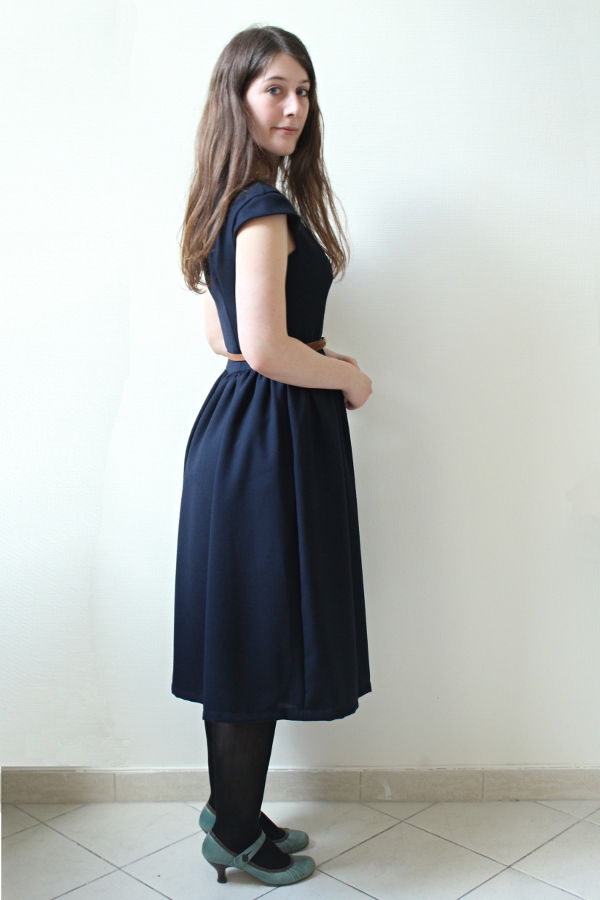
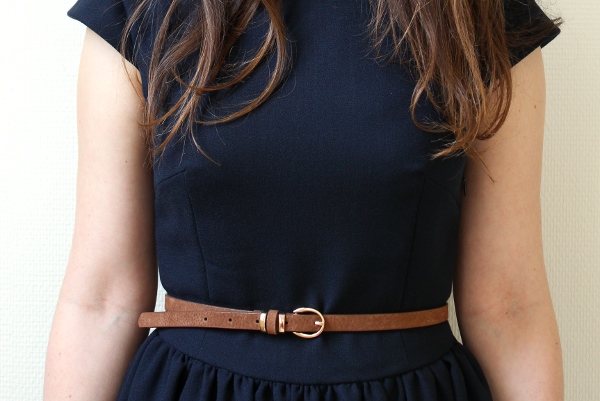
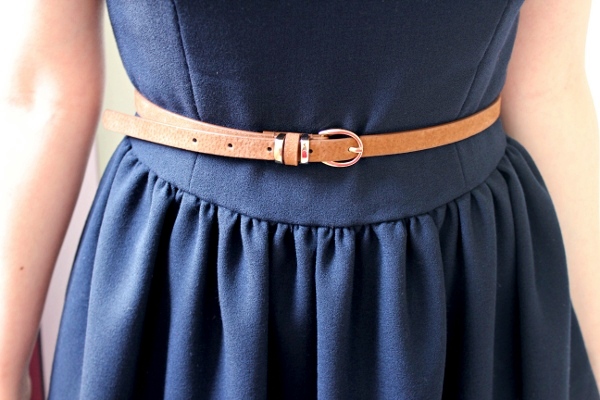
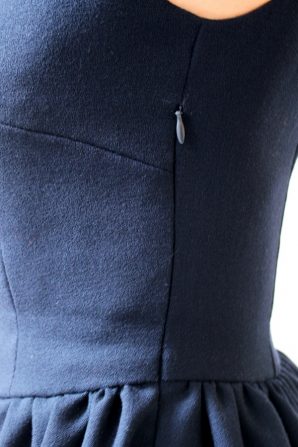
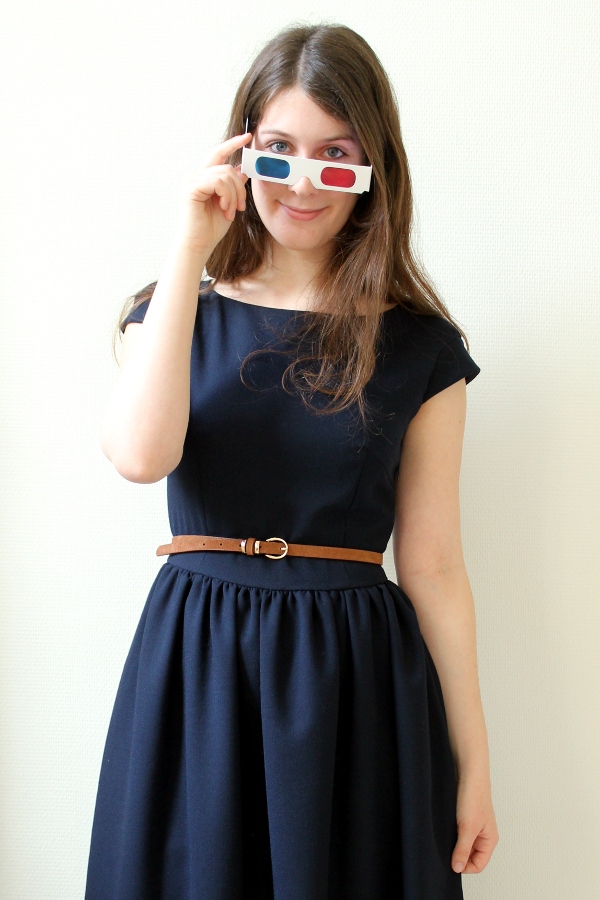
Congratulations, Dr Camille! That is a lovely dress,
Thank you Connie 🙂
[…] short sleeves and a gathered skirt (my go-to silhouette, see for instance this dress (fr) or this one) and it’s electric blue (which has replaced black and navy as a neutral in my wardrobe, cf. […]
I really like the pattern for the bodice, but have yet to get the bust corners smooth. Yours looks great!
They’re still too pointy for my taste, despite intense steaming, but I decided not to care too much 🙂
congrats on the ph.D.! Love the dress! I made the same dress with a selfdrafted pleated skirt, but I think I like your version better:)
Thanks! I tried to find the dress on your blog but I guess I missed it. It probably looks great with a pleated skirt 🙂